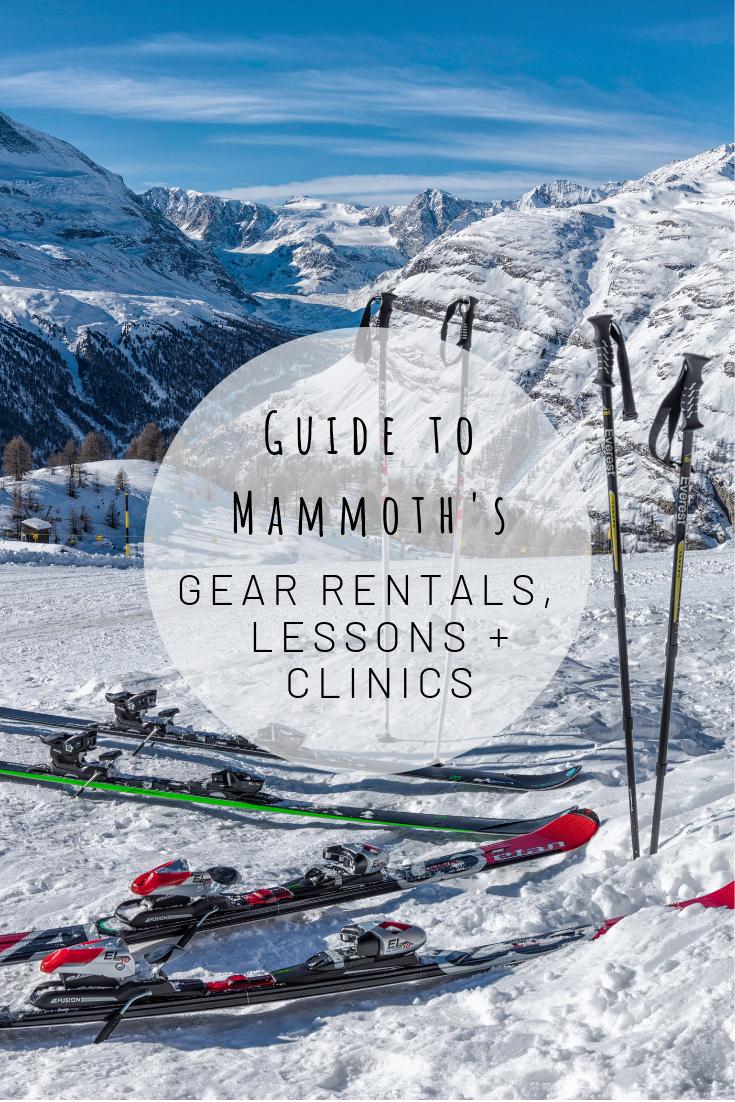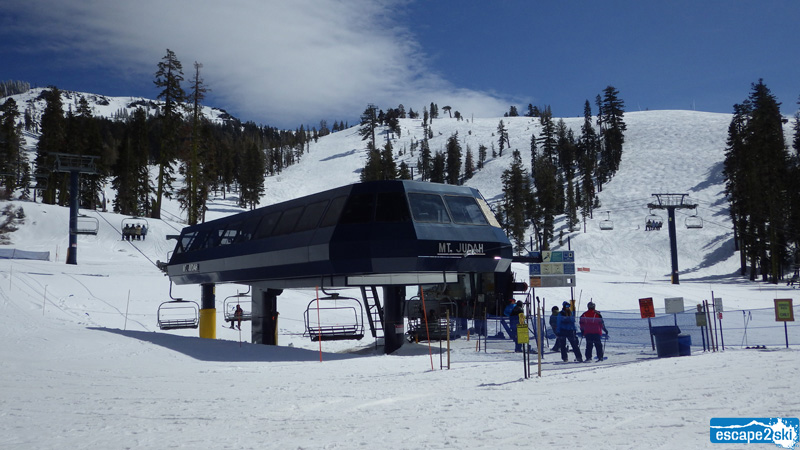
To be safe and comfortable on the slopes, it is essential to find the best snowboard jacket that suits your style and the conditions. There are many options for everyone, including shells that provide more insulation and those specifically made for backcountry tours.
You need a jacket that has a high level of waterproof to keep you dry. Also, it should allow for your jacket's ability to breathe so it doesn't get too hot while you work hard on the mountains. To find out how water-resistant a particular jacket is, look for a number on its label or check the manufacturer's website.

The number on the front of a jacket is often called a shell's waterproof rating, and it's usually listed in millimeters. The jacket is more water-resistant, the higher the number.
It is important to take into account the breathability properties of jackets when evaluating their waterproof rating. For example, Gore-Tex membranes are known for their breathability and have a higher rating than other fabrics because of their superior moisture management capabilities.
Other features to look for in a jacket are pit zips (which allow you to vent hot air that can build up inside the jacket), wrist gaiters (which help keep your hands warm while skiing or snowboarding) and powder skirts, which prevent snow from getting inside the bottom of the shell. A jacket with a RECCO (avalanche safety feature) is a good option. It will signal to rescue workers that you are in danger or on steep terrain.

There are many options available when it comes down to the best snow jackets. It can be overwhelming when trying to figure out what you need from a new coat. We have compiled a list with the best jackets in the market to help narrow your selection. Many of the best brands have made their jackets with the most modern technologies in mind.
FAQ
These are the things that you must remember when traveling.
You will find yourself in situations that leave you with very little time for making decisions when you travel. Be ready to adapt.
It is possible to be stuck anywhere for hours, days or even weeks. If you plan ahead, you will have food, water and shelter. But, if not, you might have the need to improvise.
These cases will likely require you to rely on the things you are most skilled at. This means that you will need to make quick decisions based on your intuition and experience.
But sometimes, you won't have any choice. Sometimes, however, you will have to make do with what you have. These situations will require you to quickly adapt to the situation.
It is important to remain calm, keep your eyes on the prize and be decisive. Don't panic. Instead, try to focus on the things that you can control.
You can choose which direction you want to go if you're lost among the woods. You can also eat berries and mushrooms if you feel hungry. You can also drink rainwater and melt snow if you feel thirsty.
Or if you're tired, you can rest. It's okay to bundle up if it is cold. You can wear a sweater if it's cold. You will feel happier no matter what, if your outlook is positive
How much luggage do I need?
The length of the trip will affect how much luggage that you can take. For a flight, hand baggage is not necessary, typically less than 20 kg. If you're traveling by bus or train, you'll need more space.
At the airport, you will receive a form that you need to complete with your details. This will include information such a weight of your bags, and whether you need assistance with checking them in.
This must be done before you leave your home. You could end up spending hours waiting for your luggage to be checked while others check theirs.
It's best to travel light, as you never know when something might happen. It is possible to lose your bag and not have something to wear.
How can I travel light?
There is no right answer when packing for your trip. These tips will help guide you in choosing what to bring on your trip.
-
Bring only what you really need.
-
You should only pack what you actually wear.
-
Don't overload yourself with too many items.
-
Check your suitcase for space.
-
You should always double-check that everything is packed.
-
Get free storage
-
Reusable water bottles can be used instead of buying bottled.
-
A backpack is better than a luggage.
-
Walking or cycling is a better option than using public transport.
-
You can choose the right size bag.
-
Avoid carrying heavy objects.
-
Be prepared for all eventualities
-
Nothing should be left behind
Statistics
- Between the ages of 11 and 13, kids, or tweens, will likely want some autonomy but also need boundaries. (travelandleisure.com)
- No Checked Bags: No Alcoholic beverages with more than 70% alcohol (over 140 proof), including grain alcohol and 151 proof rum. (tsa.gov)
- You can use compression sacs or cubes to reduce the volume of your clothes by up to 80%—this is especially convenient for bulky items such as sweaters and jackets. (eaglecreek.com)
- They're also likely to offer babysitting services, in case you'd like to have dinner one night after 7 p.m. (travelandleisure.com)
- According to Maori legends, this park holds 14 fjords that were all carved by a giant stonemason with an adze. (busytourist.com)
External Links
How To
How to travel inexpensively
People love to travel. But, it can be expensive. The cost of flights, hotels, rental cars, transportation, food, etc., makes traveling very costly. It is even more costly if you have kids. How can we make travelling more affordable?
It is possible to start by looking for ways that we can cut down on costs. Plan your trip well in advance to receive discounts on airfares, hotel rooms and car rentals. If you choose a budget hotel, you can save money. You don't need to spend too much if you choose a hostel. These places offer basic accommodation at a cost of less than $20 per person. You can also use public transport and Airbnb to rent a place in someone's home.
To avoid extra fees, you should consider spending a bit more. A SIM card is a SIM card that you can use to connect to Wi-Fi. This will ensure that you won't pay roaming charges. If you are going outside, get a pizza and pasta to reduce your costs.
Another thing you can do is try to share the expenses with others. Ask your family and friends to split the bill. Perhaps you can book tickets together. Sharing expenses can help you save money, and it will reduce stress.
If you're still struggling to save money, there are always camping and hiking options. These activities are usually completely free. These activities are usually free. All you have to do is pack water, snacks sunscreen, insect repellents, a first aid set, a flashlight and a tent.
There are many ways to make traveling affordable. Try to think creatively and come up with ideas that are unique to you!